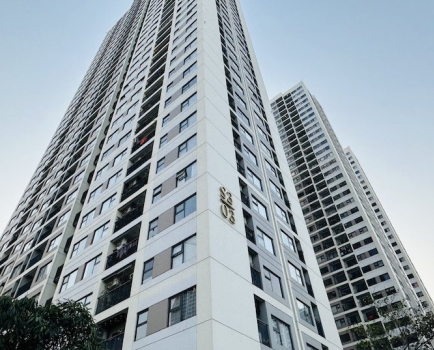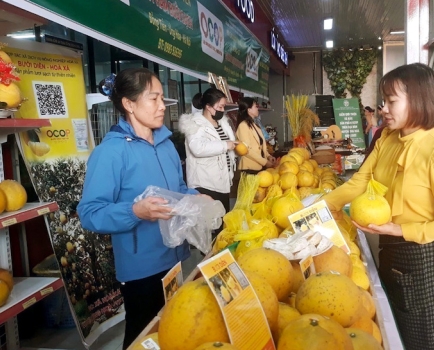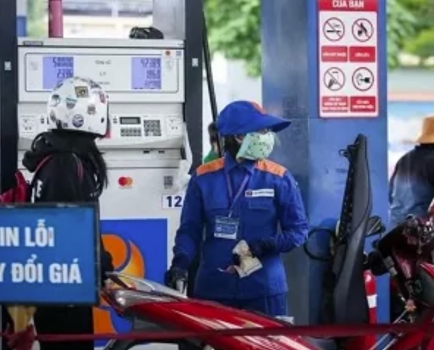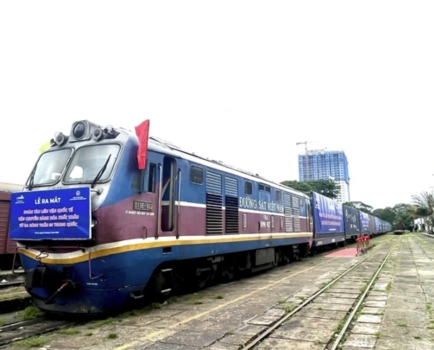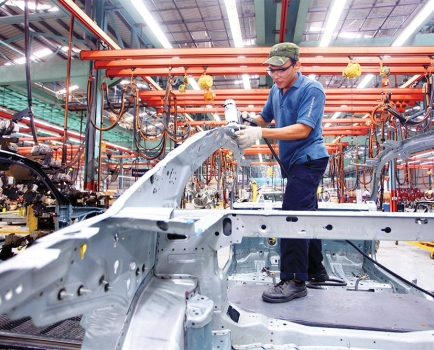World Bank sounds warning about Vietnam’s gloomy water situation
Wed, 12 Jun 2019 14:06:00 | Print | Email Share:
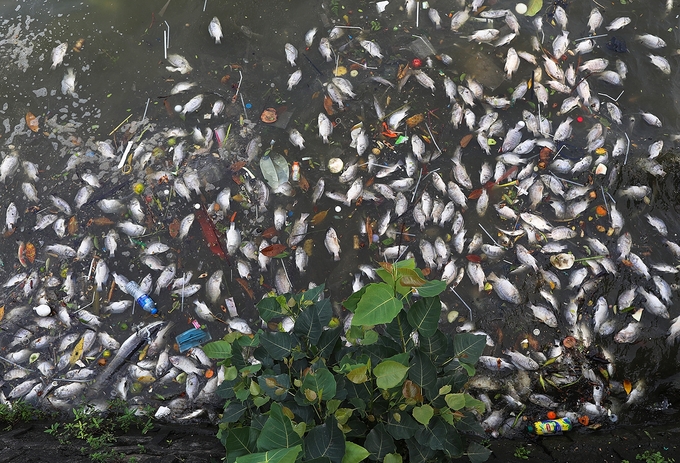
The lake receives 4,000 cubic meters of untreated wastewater
every day from households, restaurants and hotels.
Photo by VnExpress/Ngoc Thanh.
Polluted water, little investment in treatment and overdependence on international rivers could drag Vietnam’s GDP down by 6 percent, a study shows.
Vietnam’s rapid development has given rise to a legion of threats to both the quantity and quality of its water sources, according to the World Bank study released this month.
The combination of threats, particularly flooding, worsening pollution, and competition among sectors for water in the dry season, could cut GDP by about 6 percent annually by 2035.
The impact of polluted water on human health alone could reduce the country’s GDP by 3.5 percent. If this pollution is not handled by 2030, the financial costs will be staggering for Vietnam - $12.4 – 18.6 million a day, the study found.
Urban wastewater is expected to account for the majority of effluents (60 percent) over the next 15 years, while industrial wastewater might follow with 25–28 percent and rural wastewater with 12–15 percent.
Water treatment is insufficient in Vietnam. The Ministry of Construction statistics show only 46 percent of urban households are connected to drainage systems and a mere 12.5 percent of municipal wastewater is treated.
326 industrial zones countrywide were in operation by the end of last year. 220 among them, or 88 percent, had wastewater treatment plants. Only 71 percent of industrial wastewater is treated and the majority of the rest is discharged untreated directly into the environment.
Too little investment
Lack of investment in collecting and treating wastewater is identified as the source of much of the water problem in Vietnam in the World Bank report.
Most of Vietnam’s 5,000 craft villages discharge untreated wastewater into the environment.
The report also points out the absence of wastewater treatment facilities at a majority of hospitals and private clinics as well as large factories outside industrial zones.
Vietnam has a sound framework for wastewater management but enforcement is lax, it said. While all plants are required by law to be connected to a central treatment system in their industrial zone, some are exempt from the requirement if they can treat the wastewater themselves in compliance with regulations because the cost to connect is too high or if the volume of wastewater they produce is too large.
These loopholes make it difficult to monitor the wastewater discharged by the exempted facilities.

The Cuu Long River in Hau Giang Province, southern Vietnam,
turns blackish due to sewage from a sugar mill in May 2019.
Photo by VnExpress/Cuu Long.
Dependence on external sources
Vietnam’s water supply remains "vulnerable" since more than 60 percent of the yearly surface water discharge is generated outside its territory.
The heavy reliance has an economic effect on the country as the waters in Vietnam’s two most critical rivers flow in from other countries: 95 percent in the case of the Mekong and 40 percent in the case of the Red River.
80 percent of Vietnam’s GDP is generated in four river basins, Red River (Red-Thai Binh), Mekong, Dong Nai, and the South East River Cluster.
So far, only the Mekong has a transboundary agreement represented by the Mekong River Commission and the associated national committees set up by Vietnam, Cambodia, Laos, and Thailand which has helped these riparian countries with information and risk management.
Climate change-related risks put many people in danger as more that 70 percent of the population is exposed to one or more types of water-related natural hazards.
The report’s research models suggest that "climate change will lead to increased severity and frequency of floods, typhoons, sea-level rise, and associated storm surges."
Governance difficulties
To deal with industrial wastewater, the government introduced an environmental protection fee that includes a fixed component of VND1.5 million ($64) and a variable component for the discharge. A business would have to pay the second component when it discharges more than 20 cubic meters per day.
The effectiveness of this fee has not been assessed while the current pollution situation suggests that "[the fee]’s impact on untreated wastewater discharges has so far been limited."
The government has created several sound frameworks to address water management, including the 2012 Law on Water Resources, the Regulations on Water Resources Planning Techniques in 2015 and the National Strategy on Water Resources.
However, they are not fully implemented or function as intended in practice, while the planning and management at the basin level has shown limited success, the report notes.
Incentives essential to guarantee better policy compliance are also limited.
There is no united database used consistently from the national to local levels, making management of water resources more challenging.
This host of water challenges will not go away if Vietnam does not come up with a different approach to managing water resources.
Some of the detailed recommendations call for increased monitoring and inspection, especially random, and severe penalties. An information system on national water needs to be created and made easily accessible to all.
Incentives can come from making domestic wastewater collection, treatment and reuse a business opportunity and investment priority. But this endeavor will need a joint effort in the form of public investment and regulations to expand the collection and treatment system and engagement with the private sector to make domestic wastewater attractive to investors.
Water pollution is one of Vietnam’s top five concerns, according to a survey done by market research firm Indochina Research. Air pollution, food safety, sexual harassment, and healthcare round it off.
By: Sen/Vnexpress
---------------------------------------------
Same category News :




